Cruelty Free Beauty
- 4 signs you have low iron levels
- Zero Waste Beauty: Adopt a green routine with these sustainable products
- This eco-friendly beauty box is packed with refillable multi-taskers
- “I find myself using it even when I don’t need to!”
- Arctic-inspired natural skincare brand launches in the UK
- Green People launches beauty balm packaged in 100% biodegradable pot
- Lush launches same-day delivery service for its iconic handmade cosmetics
- “This cruelty-free tanning water gave me the confidence boost I needed”
- rho launches sustainable loungewear that gives back
- Rose & Caramel Raises Awareness For Women’s Self-Esteem & Mental Health With ‘I TAN FOR ME’ Campaign
- Couple launches entirely plant-based and refillable deodorant on Kickstarter
- View all
Eco Living
- Simple Hacks to Cut Your Food Waste with Gino D’Acampo
- Five Easy Ways to Reduce Food Waste
- Eat these foods to boost your mood
- Upgrade Your Cheese Toastie
- Have a healthy Christmas with these festive food swaps
- Omega-3 Health Benefits
- 5 minutes with Max La Manna
- A nutritionist’s guide to eating for healthy joints
- Easy ways to achieve your health goals
- Discover the benefits of raisins on a vegetarian diet
- Improve your gut health with California Raisins
- View all
Vegan Recipes
- Quorn Vegan Hot & Spicy Burger with Pink Slaw
- Tomato and Pumpkin Soup
- Pea and elderflower cocktail
- Matcha Coconut Ice Cream
- Vegan Lemon Bars
- Mango Salad with Thai Dressing
- Garden Gimlet
- Tofu & Green Beans Teriyaki
- Cornflakes Bombay
- Rainbow Pickle
- Soba noodles with kale and collards
- View all
Popular recipes
- Spinach and ricotta quiche vegetarian recipe
- Cheats mushroom and spinach lasagne vegetarian recipe
- Lentil bolognese vegetarian recipe
- Creamy mushroom stroganoff vegetarian recipe
- Malaysian Rendang curry vegetarian recipe
- Feta, Butternut Squash, Caramelised Onion and Cashew Nut Wellingtons
News
- OGGS launches vegan liquid egg alternative
- Refillable delivery service bikes eco-brands to London consumers
- This vegan cheese range is now available in the UK
- Children’s charity to spread smiles with virtual tea party
- New sustainable British beauty brand launches
- Aldi Has Launched Its First Vegan Skincare Range
- New vegan meal delivery offers sustainable street-food inspired dishes
- Iceland Launches New Vegan Range
- New Veggie Snacks Help Raise Awareness Around Issues of Food Waste
- Simple Hacks to Cut Your Food Waste with Gino D’Acampo
- This reusable bag is made entirely out of recycled plastic
- View all
Bill’s top tips to celebrate the autumn harvest
Ever run out of ideas for your allotment glut? We asked greengrocer Bill Collison, founder of Bill’s restaurants, to share his top tips for gathering and cooking his favourite autumn ingredients...
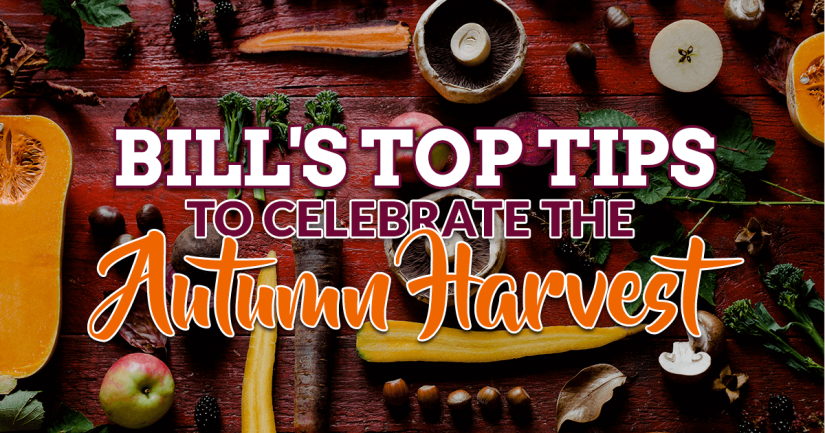
BEETROOT
—Salads involving roast beetroot are all the rage and for good reason. Beetroot are easy to roast as you just put them on a baking tray, skins on, and in to a fairly hot oven (200C/Gas 6) for 45 minutes. You can wrap them loosely in foil or drizzle with oil if you like, but really they’re fine as they are. Test to see if they’re cooked through by running a knife in to them. When they’re done, allow them to cool for a while and then peel off the skins, which should slip off really easily. Cube, slice or grate the beetroot in to a salad – lovely with oranges and watercress. As a strong flavour, beetroot needs to be matched, which is why the tart acidity of orange juice works.
—Young beetroot leaves can be shredded in to salads, while the older ones can be steamed or stir-fried like chard. In fact, the two belong to the same family – it’s just that chard is grown for the leaves and beetroot for the bulb.
—If you’d really like to turn heads on the beetroot front, look out for some of the fancier ones. Some are revivals of old English varieties, others are from continental Europe, such as the Chioggia, which looks just like an ordinary beetroot until you slice in to it to reveal the alternate red and white rings. This looks lovely sliced thinly in to a salad, as does the golden beetroot, which is a bright sunshine yellow and has a milder, sweeter taste.
MUSHROOMS
—I’ve been picking mushrooms for years and even I’m still a bit nervous. So, if you’re not sure, the best thing to do is go picking with someone who really knows their mushroom stuff.
—Whether you’ve been skipping through the fields or down the supermarket aisles, once you get your seasonal mushrooms home, don’t wash them. Just brush them gently with a dry pastry brush and then wipe with a clean, damp cloth to remove any dirt.
—Blue cheese sits very happily with mushrooms. Melt some butter in a pan and when it’s hot, throw in some broken mushrooms. Fry for three minutes, then tip them, juices and all, on to some hot buttered toast. Crumble blue cheese across the top, add chopped parsley, if you have any, and season well.
CHESTNUTS
—To roast fresh chestnuts, start by buying slightly more than the recipe requires. Make slits in each chestnut with a sharp knife and roast them in a hot oven (200/Gas 6) for about 25 minutes. When they are cool enough to handle, peel the outer and inner layers off.
PUMPKIN
—Pumpkins and all their sisterly varieties of squash should pretty much always start off in the oven. If you’re using them for soup, you can hack them in to large chunks, scoop away the seeds and roast them, skins on, with a drizzle of olive oil or groundnut oil for 45 minutes or so in a fairly hot oven (200/Gas 6) until tender. Then, when they’re cooked, it’s easy to peel away the skin. For adding to pizzas, curries and tarts or stuffing in to pies, you’re best peeling and cubing them first.
PEARS
—Pears are quite high maintenance. They need to be picked before they ripen and then, when they are ripe, they are very touchy and bruise easily, making transportation that bit more complicated.
—Raw or roasted, pears are good with big-flavoured cheeses such as Stilton, feta and goat’s cheese, with nuts (especially walnuts and hazelnuts) and in salads, bringing contrast and a gentle sweetness.
—Poached pears make a classy-looking pudding and are really easy. Poach them in red wine with some cinnamon and vanilla or in a simple sugar syrup, and then coat in a rich, shiny chocolate sauce.
—Peeled and sliced, pears love being covered in cream and brown sugar and blasted under the grill, and when cooked in the oven in a custard, tart or sponge; their consistency becomes almost fudge-like.
BLACKBERRIES
—I love blackberry picking in September and purple-stained fingers, arms and legs covered in scratches are all part of the experience. What you will come home with is a motley selection of berries – some small and pretty tasteless, some sharp, others plump and glossy and packed with fruitiness. None of them will look like the cultivated whoppers in the supermarket, but they’re all good for whatever you have in mind on the eating front.
—Soak hedgerow blackberries in water with a liberal sprinkling of salt for several hours to remove any bugs.
—If you’ve picked more blackberries than you know what to do with, you can always make jam. Or you can purée and freeze them to use for puddings right through the autumn.
—Traditionally, blackberries are paired with apples, which soften the flavour and also help the berries to go further. So, if your pickings are scant rather than rich, you can purée some apples along with the blackberries for pies and crumbles, or to use as a topping for porridge.
In celebrations of British Food Fortnight (23 Sept - 8 Oct) Bill’s Restaurants is honouring its roots as a British greengrocer with an initiative that promotes seasonal vegetables. In collaboration with the Alexandra Rose Charity, Bill’s will donate 1kg of fresh vegetables to low-income families for every person that orders the Roasted Butternut Squash & Lentil Salad starter from the new seasonal autumn menu, until the end of October.
More from Vegetarian blog
_825_589_int.JPG)
The TV chef joins forces with a charity to get us buying loose fruit and veg to reduce waste
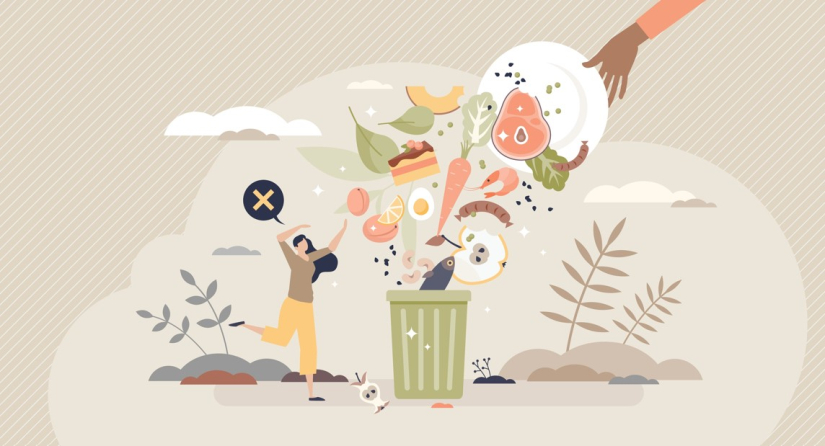
Tried and tested by the Veggie team
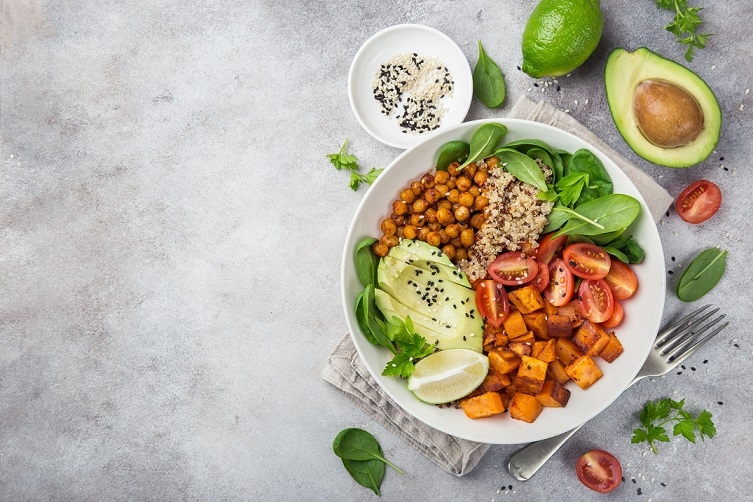
4 ingredients that will lift your spirits
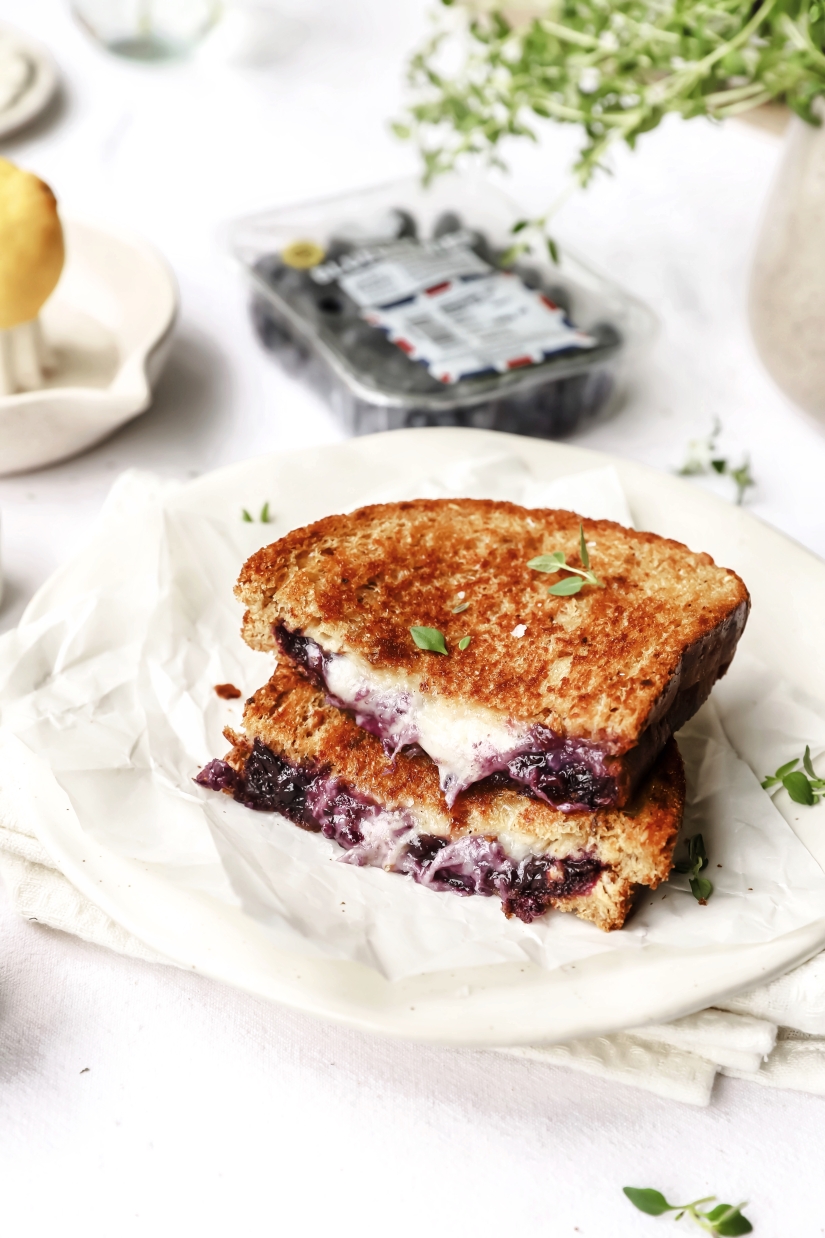
Fans of brie and cranberry look out, blueberry and cheese is the new toastie trend we're loving.
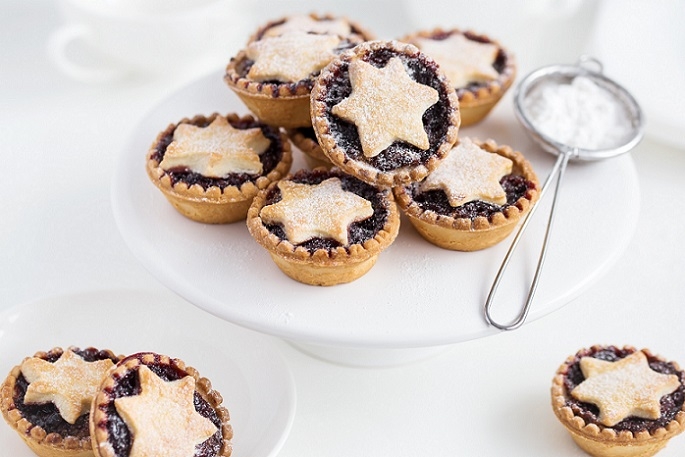
Simple swaps to help you stay on track




